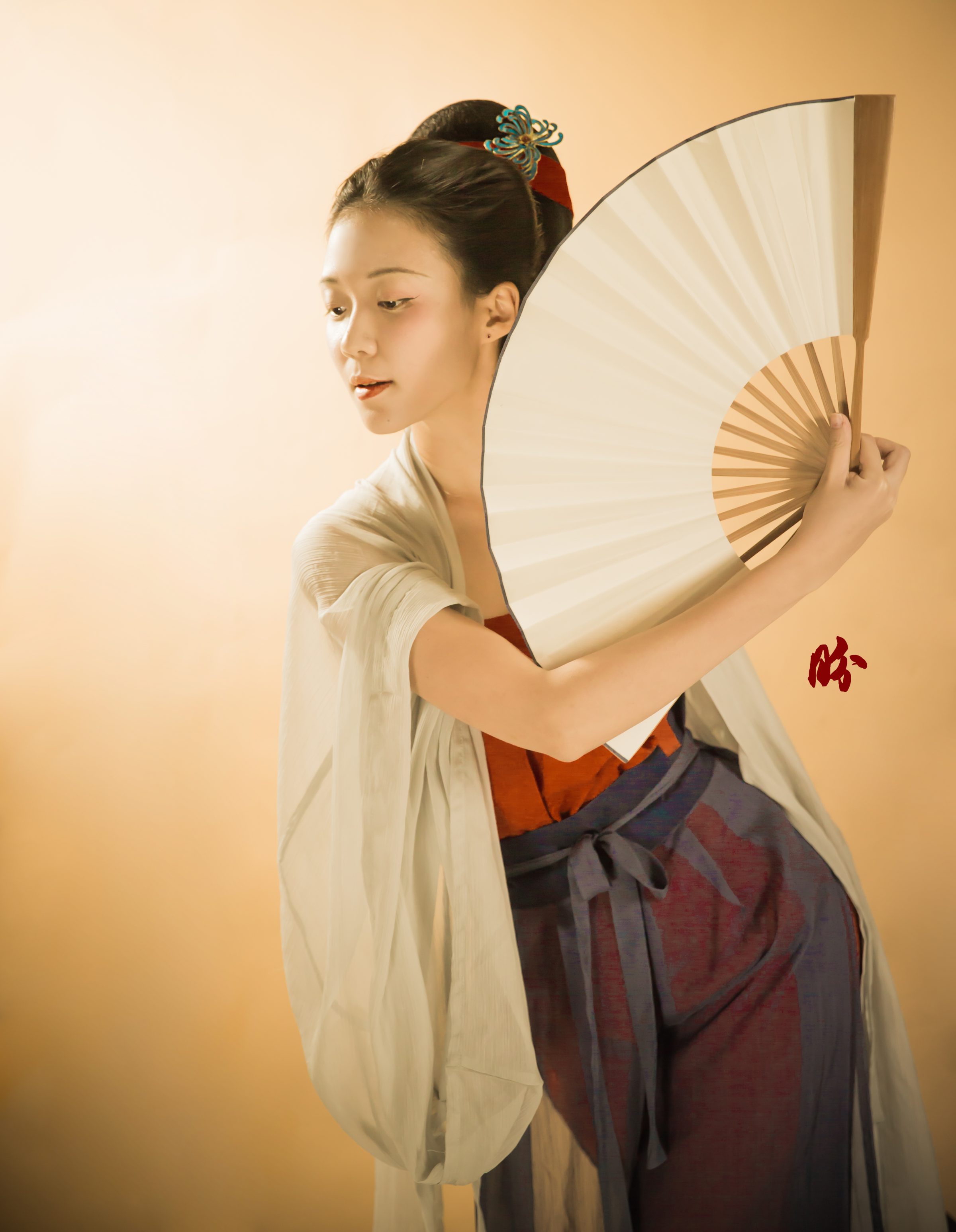Your cart is currently empty!
Of Songs and Tea

In the domain of the arts, Tang dynasty was known for its poems, Song dynasty for its lyrics, and Yuan for its operas.
Teresa Teng had an entire album (I was told) that readapted those lyrics into modern songs. However, the most famous one is probably this song that one often associates the Mid-Autumn festival, or the melancholy of being separated from your loved ones with. It’s been covered by Faye Wong and remain a modern classic. I didn’t understand what’s the difference between Tang poem and Song lyrics (because, aren’t they just different forms of poetry with different styles meant for different periods?) until I realise that Song ‘poems’ were meant to go with songs! So the Chinese term 唐诗宋词 makes a lot more sense to me now. Strange that growing up, I never really gave it too much of a thought when I heard those terms.
Anyway, while most people know Tang dynasty for all its flamour and extravagance, in the period that followed, Song dynasty’s aesthetics took a 180 degree turn. It’s almost like reverting to the period before Tang, during the Wei, Jin, Northern and Southern dynasty, where the self transcended its physical form and adopted a higher spiritual awakening.
From their dresses, you could see the similarity between the two periods in their influence by Taoism and this pursuit for a cleaner and more natural aesthetic. My model is rather tall and on the thin side, so she really suit the two styles very well. Song dynasty dress HAS to go with a very slim and slender person to look good, somehow the cutting of the dress and the lines suit this particular body shape better. Wei, Jin, Northern and Southern dynasties is a little more generous with the body shapes that could carry it off.
I could see how the spirit of the various historical eras were formed and developed like a person in times of excess and abundance. Tang dynasty is like this poor man who struck gold mine and indulged himself with material excess, very explorative and open to opportunities and influences because that’s what brought him wealth. Then came his second or third generation in the form of Song dynasty where they have already attained financial security and had enough of those excessive display of wealth. So they rose in Maslow’s hierarchy of needs in pursuit of self actualisation and the arts flourished above their material existence.
The aesthetics and philosophy of Song dynasty greatly influenced Japan, such as the pursuit of minimalism, the appreciation of the transient and ephemeral, and other intangible heritage practices like tea ceremony and appreciation, the love for landscape paintings and nature. Zen Buddhism (which has a Taoism-slant with their pursuit for natural state of self and being at one with the natural world etc), as well, was spread from China to Japan during the Song dynasty. So indeed, in this way, Song dynasty is in a way a return to the era just before Tang dynasty when Neo-Taoism was flourishing.
I think, perhaps it’s easier to think of it as, if you look at the more extravagant side of Japan, you’ll see traces of China’s Tang dynasty and if you look at the more melancholic or spiritual side of Japan, you’ll find shadow of China’s Song dynasty.
One of the more interesting discovery I made while finding out about Song dynasty was their connection with Japan’s matcha (or grounded tea powder). During Tang dynasty (the period before Song), the world’s first book on Tea was written by the Chinese which detailed on various aspects of tea including preparation, water temperature, nature of the plant etc. Tea was generally consumed like soup/traditional medicine paired with garlic, salt, spring onion during that period. When Song dynasty came around, tea was appreciated as a beverage and artform in its own right and Song people would ground them into powder form, whisk them till they form a layer of foam (like what’s seen in the Japanese tea ceremony). In case you think Latte Art is all-so-revolutionarily-modern, the Song people back in the 12th century or so already made paintings/patterns on their tea foams. People would often have gatherings and appreciation events discussing tea at great length, and it was definitely quite an elaborate affair.
So then comes the question, what happened to that culture? Perhaps like the bubble tea phenomenon, such consumption of tea (and some other cultural practices throughout history of China) did not get carried over to the subsequent dynasties as rulers dished out their own preferences for tea consumption (for political reasons as well). The transition from powdered tea to leafed tea is in itself an interesting story in itself, and it’s got to do with taxation and tea as a currency for trade. For a quick understanding of history of tea, I definitely recommend watching this 5min Ted-Ed video.
Of course, culture is always two-ways. Japan is widely known for taking in the best of external influences and makes them its own. The truth is, China, despite being a huge monolith of cultural dominance in itself, does this all the time as well. From the evolution of the traditional Chinese dress one can see how it constantly takes in foreign influences. You can also see traces of those influences in other art forms such as painting. One would’ve associated the foldable fan with Chinese, because of all those period dramas we watch where the emperors would write or paint on a blank foldable fan. It might surprise you to realise that this type of fan is non-native to China and it was introduced to the Chinese during the Song dynasty by the Japanese!


Leave a Reply